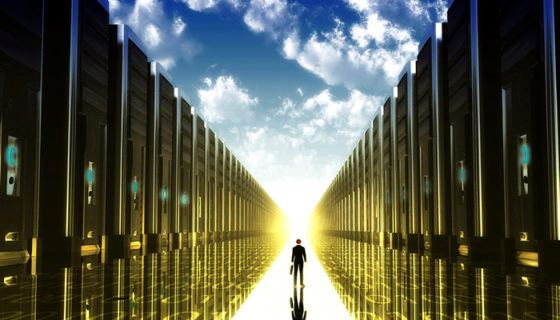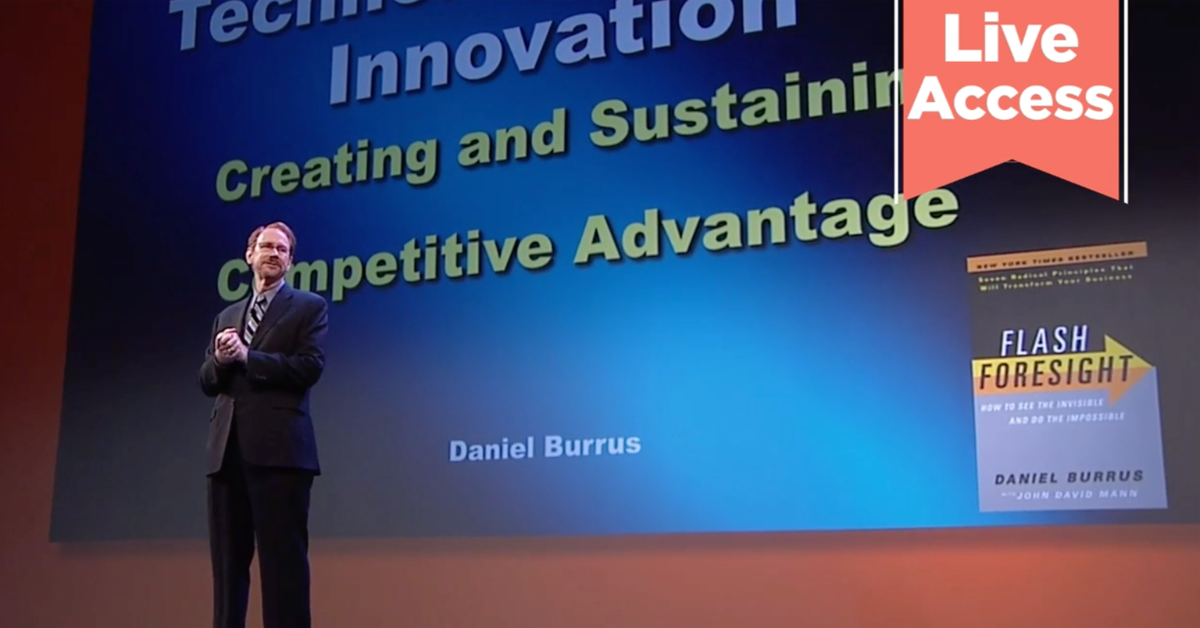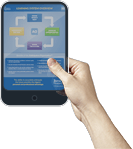In a way, the exponential growth of machine-to-machine communications and connected sensors, what we call Internet of Things (IoT), is rapidly becoming an example of too much of a good thing.
Fortunately, edge computing can help make that wealth of data a good deal more usable.
IoT allows for communication between connected machines, devices and sensors that is creating data at levels never seen before, data volumes that are growing at such a rate that organizations, as well as government agencies, could have massive problems analyzing and using the data in an optimal way. At the same time, rapid IoT data growth is introducing new security and data volume issues that current cloud security and storage systems will have difficulty handling. The problem is, by the time the rapidly growing streams of data get to the cloud-based analytic systems and then circle back to the devices with instructions based on the analysis of the larger data ecosystem, the opportunity for instant analysis and appropriate action is greatly reduced.
Edge computing solves that problem by effectively putting processing power a good deal closer to where the action is happening. And in so doing, it can offer game-changing opportunities for organizations looking to leverage the advantages of IoT without many common constraints and drawbacks.
Edge Computing Defined
Edge computing is a type of information technology system in which data is processed as close to the original source as possible. It incorporates a horizontal architecture that distributes the resources and services of computing, storage, networking and communications closer to the actual data sources. In effect, rather than merely sending data elsewhere, any device with computing, storage and network connectivity can be attached to programmable automation controllers, which handle processing, communication and other tasks.
The result is not limited just to faster processing and analysis of important data. Edge computing can also address bandwidth capacity and other communications challenges, particularly with the rapidly increasing amount of data that is produced and the increased demands of artificial intelligence and other systems to enable two-way instant intelligence and action.
The Advantages and Applications of Edge Computing
The potential of edge computing is both powerful and broad across any number of possible applications:
- In industrial and manufacturing settings, edge devices, including machines and sensors, can capture streaming data that can be used to predict and prevent a part from failing. They can also reroute traffic or modify production for maximum productivity and head off product defects quickly and efficiently. As a result, you can increase speed and reduce costs while boosting revenue at a new and amazing rate.
- Drones and computer-controlled drones need to, in effect, “phone home” to take any action on data that’s collected. Edge computing allows drones to analyze information and, from there, take appropriate steps. For instance, drones examining a remote forest fire, a collapsed building or hundreds of acres of farmland can pinpoint a problem and take action instantly. They can also pinpoint nearby human personnel and provide those people with valuable information and other analysis, enabling faster and more effective response time.
- Edge computing can also benefit organizations that use a network of widely located branch or network offices. By installing intermediary micro data centers or high-performance servers at such remote locations—effectively replicating cloud services on a local level—employees and others working away from a centralized location or headquarters can have the ability to act on valuable information in a fraction of the time needed to first send the data to cloud storage.
Other Advantages
Given its decentralized nature, edge computing can also prove a boon to cybersecurity. Since computing and control occur near the original source of the data, it can be easier to identify any unusual or suspicious activity and take steps before any sort of security is breached. Additionally, since edge computing allows for communication, networking and other tasks without extensive routing, a higher level of containment is possible, providing fewer opportunities for cyber attacks.
It’s also important to bear in mind that edge computing is not unduly limiting. While edge computing offers remarkable opportunities, we’re certainly not going to stop using cloud services as we have come to know them. Rather, it’s a complementary relationship in which both parties boost the other’s value.
To that end, although one of edge computing’s advantages is the capacity to analyze and act upon data that requires a quick response, information that is less pressing in nature can always be moved to an intermediary. Particularly large or less time-sensitive data and information can be transferred to the cloud for comprehensive analytics or simply long-term storage.
Edge computing acknowledges the scope of IoT while addressing many of the challenges and drawbacks such a comprehensive network presents. What is your organization doing to investigate the game-changing potential of edge computing?
Daniel Burrus has been trusted by leaders from Fortune 500 Companies, the Pentagon and Heads of State to deliver a message that accurately predicts future trends and identifies game chaning opportunities before the competition. Click here to see some of Daniel Burrus’ Sample Keynote Topics






